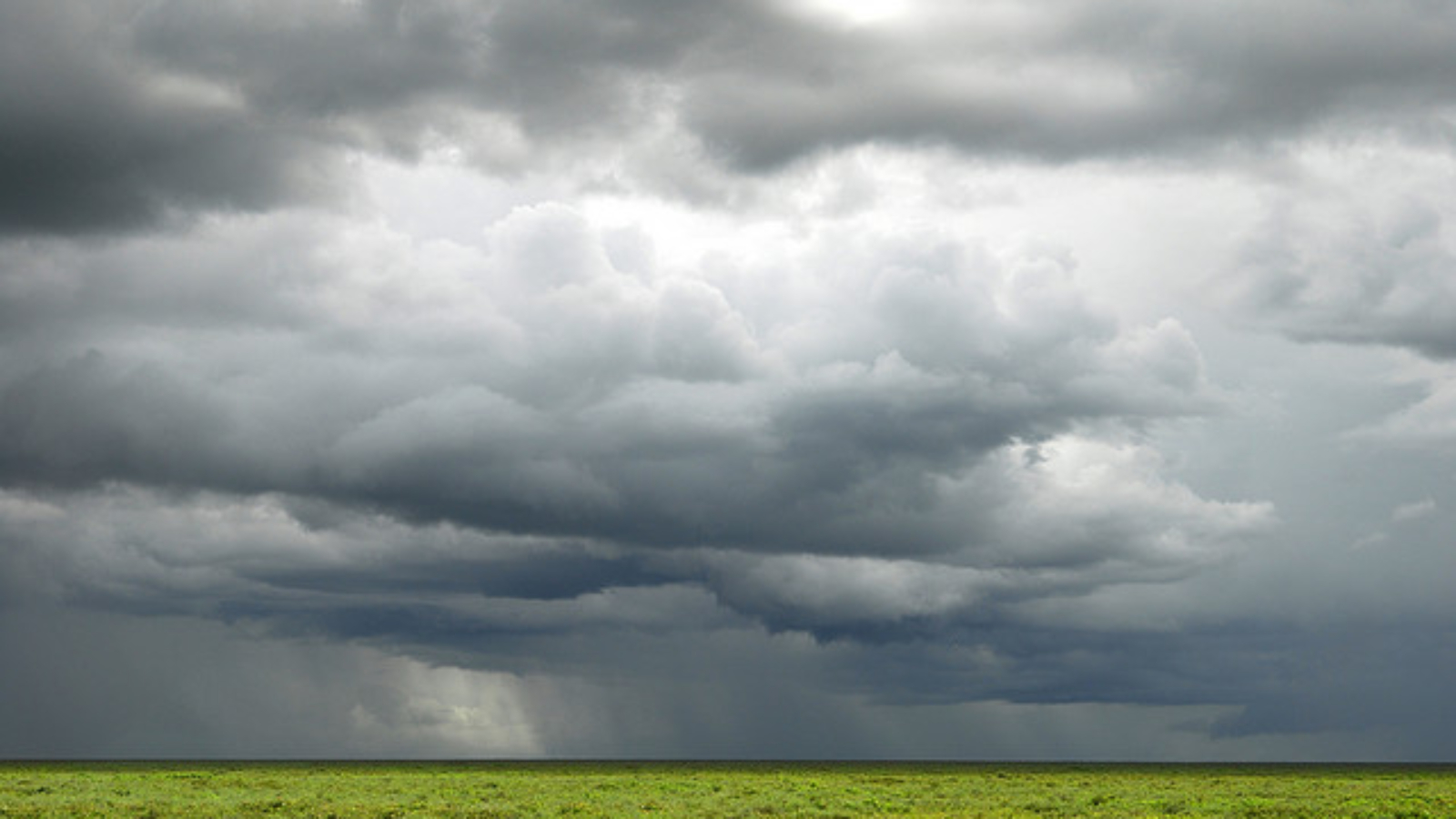By Katie Allan
More than 75 percent of Kenya includes arid and semi-arid lands that receive 200–800mm of rainfall per year. Most smallholder farmers in rural Kenya traditionally rely on rain-fed agriculture, which is vulnerable to seasonal rainfall variability and frequently leads to crop failure. A severe drought in eastern Africa in 2008 caused a serious food crisis.
The reasons behind Kenya’s reliance on rain-fed agriculture are varied and complex. Alternative farming technologies are rarely adopted because farmers lack adequate access to credit inputs and markets. Water is another limiting factor. Only farmers with access to water and efficient water management technologies can effectively practice crop diversification.
The Greater Horn of Africa Rainwater Partnership/ Kenya Rainwater Association (GHARP/KRA) has developed a rainwater system that harvests and stores rainwater and runoff throughout the wet season. This is then used for supplementary irrigation during the rainy season, or full irrigation during the dry season. With rainwater harvesting, farmers can regain control over when and how to use water effectively to enhance food production. Utilisation of the harvested water is integrated with other complementary technologies (e.g. drip irrigation); improved sanitation; livelihood activities; environmental conservation; and training to ensure a sustainable rainwater harvesting system. The rainwater harvesting technologies are cost-effective with high local community participation in terms of capacity-building, implementation and maintenance.
The success of a number of the pilot projects implemented with development partners shows that rainwater harvesting is a robust, adaptable, sustainable and cost-effective farmer-managed technology that improves and diversifies food production and household incomes.
The multiplier effect
A change agent such as these rainwater systems must be able to promote growth, adoption and improvement. Among farm ponds, GHARP/KRA has noted that even farmers not directly involved in the project have learned the construction methods and initiated production of their own ponds, as well as scaling up small irrigation systems and constructing greenhouses. Farmer Auralia Macharia has lived with her family for 20 years in the water-scarce Laikipia West district of Kenya. In October 2009, she used her access to a GHARP/KRA farm pond to improve her own tomato production. She quickly progressed to purchasing a small-scale greenhouse, a drip irrigation system, a water tank and certified seeds. Her vision for the future is to sell her tomatoes at market and buy two more greenhouses from the income she generates.
For food insecurity to become a distant memory in Africa, rainwater harvesting systems and complementary technologies need to be implemented on a large scale across the continent. Communities should be fully involved in this process and supported by local and national governments. This goal will be more attainable if these communities also have adequate access to inputs and markets. The key to improving food security in Africa lies with the move toward agricultural independence, with wide-spread and well-managed rainwater harvesting systems.
Katie Allan is the Information and Communication Officer for GHARP/KRA.
Photo courtesy of La Lince.
